Digital Transformation, Business Software
Jira Strategies: Empowering IT Leaders for Success
Understanding the Need for Scalability in Jira
Table of Contents
As organizations expand, the necessity for robust project management tools becomes increasingly apparent, particularly for senior IT leaders navigating complex landscapes. One such tool, Jira, is pivotal in managing project workflows, tracking issues, and facilitating collaboration across various teams. However, with growth comes a host of challenges that underscore the importance of scalability in Jira.
First and foremost, as teams scale, the volume of tickets and tasks often increases exponentially. Senior IT leaders must contend with effectively managing high ticket volumes without sacrificing quality or response time. An unscalable system may lead to bottlenecks, resulting in delayed project timelines and diminished team morale. Consequently, the need for a scalable Jira environment becomes vital to ensure that teams can handle increased workloads seamlessly.
Collaboration is another critical component that must be navigated as organizations grow. Senior IT leaders must ensure that various departments can work together effectively, maintaining clear lines of communication and access to project updates. A scalable Jira instance can facilitate this collaboration by allowing for customizable workflows and adaptable project structures, enhancing transparency and ensuring that every team member is aligned with project objectives.
Furthermore, aligning IT projects with overall business objectives is crucial for organizational success. Scalable solutions within Jira enable leadership to track progress in relation to strategic goals, adjusting priorities as necessary to meet evolving needs. This alignment fosters improved productivity and goal attainment, as teams can adapt quickly to changes in direction or new challenges.
In summary, the ability to scale Jira effectively is imperative for senior IT leaders to effectively manage ticket volumes, enhance team collaboration, and align IT initiatives with broader business objectives. By investing in scalable project management solutions, organizations can position themselves to thrive in an ever-changing environment.

Key Strategies for Scaling Jira Across Your Organization
Scaling Jira within an organization requires well-planned strategies that can accommodate growing teams and complex workflows. One of the first steps for senior IT leaders is to optimize Jira configurations to meet the specific needs of larger teams. This involves customizing issue types, workflows, and permissions to align with the organization’s structure. By tailoring Jira settings to reflect the operational dynamics of the team, leaders can promote effective collaboration and management of tasks, thereby increasing productivity.
Integrating Jira with other essential tools, such as Confluence and Bitbucket, further enhances its effectiveness. For teams engaged in software development, linking Jira with Bitbucket allows for seamless transition between code and project management. This integration facilitates continuous integration and deployment practices, enabling teams to track issues, code, and documentation in one unified space. Similarly, augmenting Jira with Confluence can enhance knowledge sharing and documentation practices, creating a more transparent environment where all stakeholders can access relevant information.
Establishing best practices for issue management is crucial for maximizing Jira’s potential. This includes defining clear guidelines for creating, updating, and resolving issues that all team members can follow. Educating teams about workflows and maintaining organized backlogs ensures that everyone is aware of their responsibilities and the status of tasks. Additionally, regular reviews of workflows and processes can help identify areas for improvement, ensuring that the system scales effectively as the organization grows.
Moreover, investing in training and support for teams is vital for leveraging Jira’s capabilities fully. Providing both formal and informal training sessions can empower team members to utilize features they may not be familiar with. Creating a culture of ongoing learning will ensure that teams remain agile and adaptive, ultimately leading to more proficient use of Jira as a project management tool.
Measuring the Impact of Jira Scaling on IT Projects
To assess the impact of Jira scaling on IT projects effectively, senior IT leaders must focus on key performance indicators (KPIs) and metrics that provide valuable insights into project health and team productivity. Among the most critical metrics are cycle time, lead time, and team velocity. These metrics serve as vital benchmarks for evaluating how well Jira supports the team in achieving its objectives.
Cycle time refers to the total time it takes for a task to move from the beginning of a process to its completion. A reduction in cycle time after scaling Jira may indicate improved workflow efficiency and collaboration among team members. Likewise, lead time, which measures the duration from the initial request to the completion of the task, provides perspective on how quickly teams can address and deliver business needs. A shorter lead time is often a direct consequence of properly scaled Jira instances that facilitate streamlined processes.
Team velocity, another fundamental metric, quantifies the amount of work a team completes in a set time period. Tracking this metric helps teams establish a baseline performance level, assess productivity shifts, and manage sprints more effectively. By monitoring these metrics continuously, IT leaders can determine the efficacy of their scaling initiatives and identify areas requiring further improvement.
In addition to these quantitative measures, gathering qualitative feedback from team members is crucial. Regularly obtained insights can reveal challenges encountered during scaling and highlight successes that can be built upon. Embracing a culture of data-driven decision-making is vital. Utilizing data analytics tools, leaders can synthesize collected information, enabling continuous improvement in scaling and optimizing Jira for project delivery. Ultimately, a comprehensive approach to measuring impact will ensure that Jira scaling delivers maximum value to IT projects.
Case Studies: Successful Jira Implementations in Large Organizations
Several large organizations have successfully scaled Jira to accommodate their expanding needs, resulting in enhanced project management and team collaboration. One notable example is the global software company XYZ Corp, which faced significant challenges in tracking projects across multiple teams and departments. With over 5,000 employees, managing diverse workflows and maintaining coherent communication was imperative. By employing Jira as a centralized tool, XYZ Corp streamlined its operations significantly, establishing uniformity in reporting and tracking progress. This transition allowed different teams to collaborate more effectively, reducing project delivery times by approximately 30%.
Another standout case is ABC Inc., a major player in the healthcare sector. ABC Inc. struggled with disparate systems that made it difficult to manage software development cycles efficiently. After implementing Jira, they not only unified their processes but also adopted custom workflows tailored specifically to their regulatory requirements. This customization allowed for better compliance tracking and reporting, directly impacting the organization’s ability to meet industry standards. The result was a decrease in operational bottlenecks and improved communication, ultimately leading to a 25% increase in project throughput.
The experience of MNO Ltd., a large retail conglomerate, offers valuable insights as well. The company leveraged Jira’s advanced features, such as automation and real-time reporting, to pivot swiftly in response to market changes. MNO Ltd. created various dashboards that provided visibility into ongoing projects, helping senior IT leaders make informed decisions. Implementing best practices such as regular training and feedback sessions ensured that employees were well-equipped to utilize Jira’s full potential. These measures resulted in a notable enhancement in productivity, leading to a 15% rise in sales within a year.
From these case studies, it is evident that successful Jira implementations require careful planning, customization, and ongoing support. Senior IT leaders can glean invaluable lessons regarding the importance of aligning Jira with organizational goals, fostering a culture of collaboration, and adopting agile methodologies to manage change effectively.



























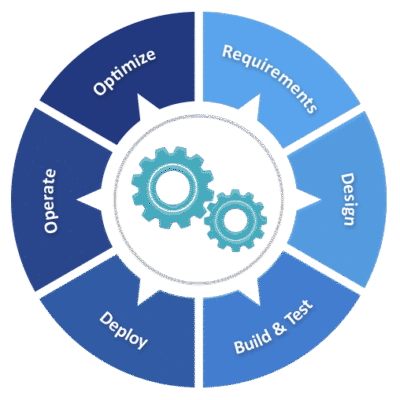


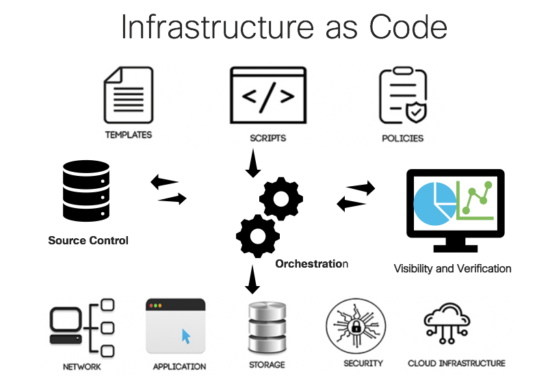
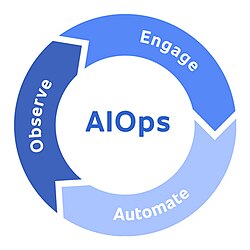

























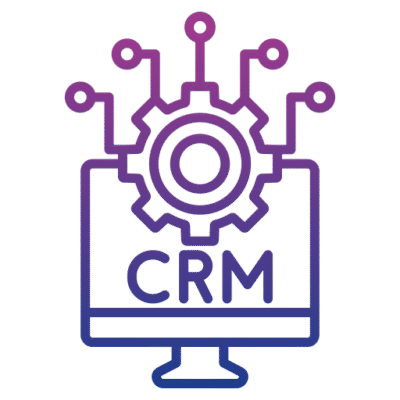








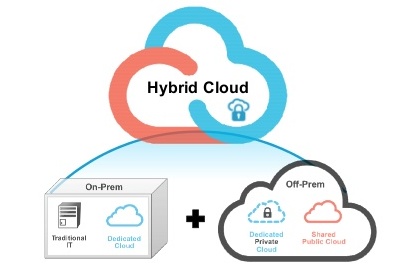




























Thanks for reading! Stay curious, keep exploring.